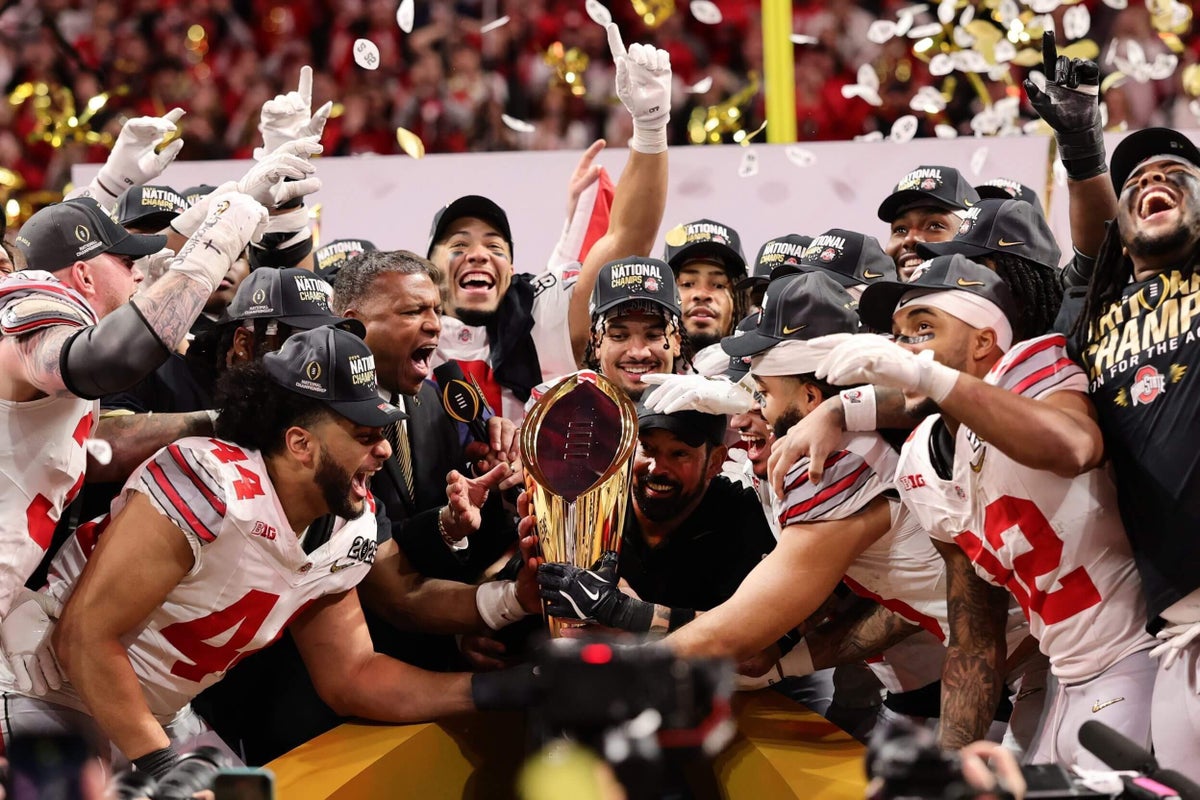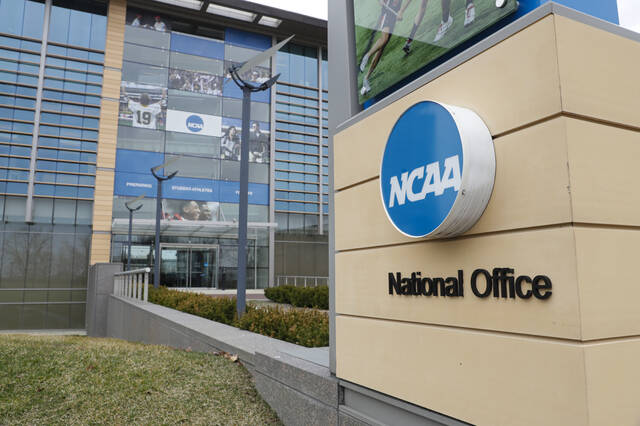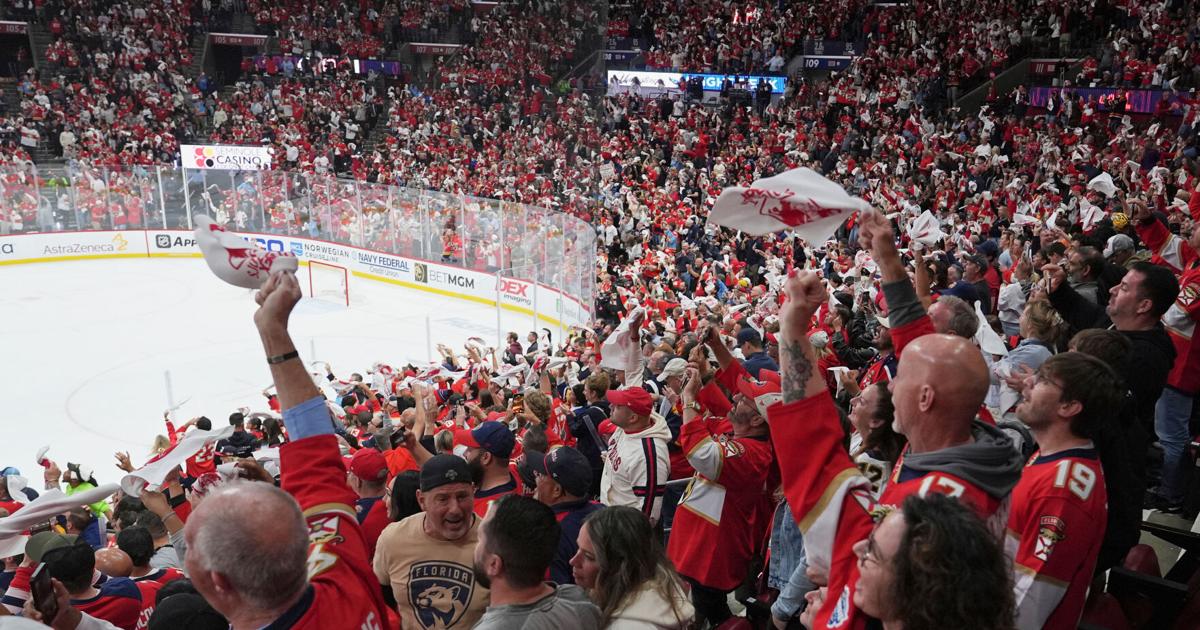The House v. NCAA settlement, granted final approval Friday, has been touted as a means of restoring order to this Big Money Era of college sports. Starting this summer, Power 4 and other Division I schools can begin directly paying their athletes via an annual revenue sharing pool capped at roughly $20.5 million per school in year one.
But because schools have been preparing to navigate this new world order — and how to gain a competitive edge under it — many in the industry expect the budding NIL arms race to continue at the top of the sport, and at a price point much higher than the cap.
“The top (football) teams are going to cost $40-50 million a year,” said one power conference personnel director. “That’s where this is going. Anyone who thinks different is nuts.”
That projected “budget” includes additional NIL (name, image and likeness) payments from collectives and outside organizations to athletes on top of the capped revenue sharing from the school. It would be a steep increase from the market-setting $20 million in NIL money Ohio State funded its roster with last season on the way to a national championship. But most significantly, a number of industry sources believe that $40 million-$50 million rate will continue beyond this upcoming season, where a number of top-end rosters have been uniquely built with front-loaded, pre-settlement NIL deals.
This cuts directly against the intent of the settlement, which is designed to stamp out the unspoken pay-for-play deals that have hijacked the NIL marketplace and keep ballooning roster budgets in check.
“No chance,” the personnel director said.
It’s one of the many changes, intended and unintended, coming to college sports under the House settlement.
Schools opting in have spent the past year bracing for the financial reckoning this settlement will bring, including where the revenue share money will come from and how it will be distributed. College athletics have been trending in this direction, and to the benefit of most athletes, particularly those in revenue sports who will receive a bigger cut of the billions in television, sponsorship and ticket revenues that pour into power conference athletic departments.
Many of those same departments, however, are already struggling with the challenges of this transition.
“We’re all just trying to figure it out as we go through it,” said one power conference head football coach. “The whole deal is to make it a level playing field, but I don’t think that will ever be realistic.”
The Athletic spoke with more than a dozen sources across each of the Power 4 conferences about how they plan to approach this new revenue sharing model and all that will come with it — including in-fighting between coaches at the same school, why “tanking” could factor into college sports and how programs will continue to bend rules and find competitive advantages in a post-settlement era.
The sources include athletic directors and administrators; coaches, general managers and personnel staffers in football and men’s basketball; and others involved in NIL and collectives. All were granted anonymity in exchange for their candor.
‘F— Deloitte. This is going to get even crazier’
The $20.5 million revenue sharing cap goes into effect July 1 and covers every sport under a school’s athletic department. The most prominent football programs expect to have about $15 million of that pool at their disposal, with top programs supplementing that budget with third-party, “over-the-cap” NIL deals.
But not so fast, my friends. The settlement includes a new oversight and enforcement arm — named the College Sports Commission — that requires outside deals from collectives and other associated companies and organizations to reflect a valid business purpose and fall within an approved range of compensation. The settlement establishes a clearinghouse, dubbed NIL Go and managed by the accounting firm Deloitte, which instructs athletes to self-report any third-party NIL deals worth $600 or more for review. The idea is that any of those deals that fail to meet a valid business purpose and/or fall within an approved range will be flagged, and must be adjusted or taken to arbitration.
From the perspective of the NCAA and power conference leadership, this new enforcement is meant to bring competitive balance and transparency to a lawless, untenable NIL marketplace. But among those who have witnessed the NCAA’s inability to police that marketplace in the past, there’s a lot of skepticism that the settlement will change things.
“It all sounds great in theory, but how will it actually work?” asked one power conference athletic director.
Industry sources familiar with the clearinghouse and enforcement plan insist it will have more (and swifter) latitude and punitive power than the NCAA wielded in the NIL era. Until it actually drops that hammer, it’s done little to scare off coaches and recruiting staffs with passionate, deep-pocketed donors.
A number of sources questioned whether athletes will even report their third-party deals, or do so accurately. Others suggested that deals getting challenged by the clearinghouse — or the fact that they have to be disclosed at all — could spark more antitrust legal action from collectives. Other sources were outright dismissive.
“If you tell a booster or business owner they can’t give a star player $2 million, there will be lawsuits,” said the personnel director. “There’s no enforcing this. Fair market value? F— Deloitte. This is going to get even crazier.”
A legit enforcement arm with some teeth — perhaps in the form of suspensions or ineligibility — might change that sentiment, and multiple athletic directors suggest that if the clearinghouse merely serves as a minor deterrent to egregious pay-for-play payments, it will be better than pre-settlement circumstances. But others think the undertow of NIL and collectives is too strong to turn back now.
“There are a lot of rich people that can’t buy a professional sports franchise, but they can give a ton of money to their alma mater,” said a power conference administrator. “And if you’re telling millionaires and billionaires what they can and can’t do with their money, you’re probably going to lose that battle.”
Finding the money
The over-the-cap arms race is for high rollers only. It will attract the premier programs that expect to win national championships, but for most schools, even in the power conferences, their focus is on how they will fund a new $20 million budget item.
Power conference athletic departments operate as self-sustaining organizations with $100 million budgets, where expenses more or less line up with revenues. Operating this way, even as millions upon millions in annual television revenue flowed in, is how the conferences and NCAA became ensnared in so much legal trouble to begin with. Untangling those norms is an admittedly first-class problem, but will require significant budgetary adjustments, including new revenue growth and cost cutting.
Most schools are leaning on fundraising and seeking new or increased assistance from campus subsidies or student fees. Virginia Tech, for example, recently announced it will increase student fees and direct a larger portion to athletics to help fund revenue sharing, a path plenty of other schools are considering. Iowa State athletic director Jaime Pollard referenced as much in a recent interview, while noting that Cyclones athletics receive no financial subsidies from the university.
“Iowa State does not have that (additional) $20 million, but if we don’t pay it for this coming year, we have big problems, right? So we’re going to pay it,” said Pollard. “Would you pay a bigger fee (as a student) … to go to school here so that a member of our men’s basketball team could get paid $1.5 million in addition to their scholarship, their room and board, and all the services they get for being a student on campus? That’s the fundamental question we’re going to have to ask ourselves. Because if we don’t do that, then what we’re saying is that we’re not going to have the athletics program that we’re having.”
Even with increased fees and fundraising, there will also be widespread belt-tightening on things like administrative staffing and athlete benefits within athletic departments, such as eliminating Alston payments and reevaluating meal offerings in the facility.
“If a player is making $500,000 a year, why am I still paying for three meals a day?” said another power conference administrator.
There could be new revenue streams from things like on-field logos or naming rights. Long term, departments might get creative, whether that’s an in-stadium restaurant that’s open year-round, purchasing its own housing complexes for athletes or inviting private equity. Last December, Oklahoma State coach Mike Gundy and Florida State coach Mike Norvell each restructured lucrative contracts, returning a portion of their salary to the school after disappointing seasons. Kentucky recently announced it is transitioning its athletic department to a nonprofit LLC.
Fans will feel it too. Schools such as Tennessee and Arkansas have already increased ticket or concession prices to fund revenue sharing. Some may pass processing fees onto customers, or explore local restaurant and hotel taxes. And the fundraising calls won’t stop.
Fully eliminating non-revenue varsity sports is another last-resort option for most athletic directors, but it’s already begun, at least outside the power conferences. UTEP discontinued women’s tennis. Cal Poly did the same with men’s and women’s swimming and diving. Saint Francis (Pa.) announced plans to reclassify all athletics from Division I to Division III, just one week after its men’s basketball team played in the NCAA Tournament. Utah shuttered its women’s beach volleyball program, though it did not mention the House settlement and rather cited conference realignment.
“I know for a fact schools are definitely talking about it,” said an administrator.
By any route, the ability for schools to spend the full amount of that annual revenue sharing cap — which will be essential to staying competitive, particularly at the highest levels — is a significant financial undertaking, and one few athletic departments can cobble together without upending their standard operating procedure.
“Right now it feels like Monopoly. We’re planning to spend to the cap, but we have to figure out how we’re getting there,” said the power conference athletic director. “If you cut a million somewhere, sure that helps, but if you cut $5 (million) or $10 million, you’re really hurting your department.”
Everyone wants their share
Generating the money is the first hurdle. Then schools have to decide how to distribute it among their sports. Most FBS athletic departments plan to use the settlement’s backpay formula as a blueprint, with roughly 75 percent earmarked to football ($15 million), 15-20 percent to men’s basketball, 5-10 percent to women’s basketball and whatever is left to the non-revenue sports.
Certain universities, like Texas Tech, have been transparent with the percentage of funds going to each sport and how those are calculated. But because there are no stipulations for how the pool must be allocated, it will vary between schools. And could create some dicey internal dynamics.
“There is absolutely in-fighting (between coaches),” said an administrator.
Head coaches at the same school are essentially vying with one another for a bigger chunk of revenue share. One power conference administrator said their school plans to direct as much as 25 percent to men’s basketball, which means less for football. There have also been rumblings about how this could benefit the best-resourced basketball programs in the Big East or WCC that don’t have to share with football.
“There are going to be some challenging and difficult conversations,” said another power conference AD. “Coaches will be paying more attention to the revenue figures of their program than ever before. Everybody wants to make a case why their rev share should increase.”
Agreements and innovative approaches
Once a school allocates its revenue share dollars, it’s up to teams to build out the roster accordingly. “Rev cap management,” as one AD phrased it.
Many schools have already signed athletes to preliminary revenue share agreements — whether through collectives or the actual university — specifying that payments will transfer to the athletic department on July 1. In addition to the wave of frontloaded NIL deals in recent months, as collectives emptied the coffers ahead of the settlement, schools are inserting notable caveats into these agreements. Some have buyout clauses, where athletes would have to pay money back to a school if they leave before the end of the agreement, similar to coaching contracts. Some suggest that because compensation is based on NIL, it can be adjusted up or down based on performance and/or playing time. Others have strict injury clauses.
“With some negotiations, we were very direct that if you’re not healthy, you’re not getting the money,” said another power conference personnel director.
Whether any of these stipulations hold up in a legal sense remains to be seen, but it’s clear that after years of schools and coaches feeling they were on the short end of the NIL power dynamic, they are attempting to wrest back that control. Still, numerous people consulted for this story said the vast majority of initial revenue share agreements will be for one season until there’s clarity on how legally binding these agreements truly are. Repeats of the Nico Iamaleava holdout saga might be less likely for the time being, but there could be standoffs over payment disputes.
Unlike in the NFL, where there is a rookie salary scale and fairly transparent free agency, college football teams are still navigating best roster-building practices. How much money do you set aside for high school recruits? For transfers? Which positions do you value most in your particular system? How should you structure a player’s payments? This could lead to more GM hires in the mold of Andrew Luck or pro-style executives who have administrative power over head coaches and can maintain philosophies across coaching changes.
Further complicating matters is the fact that the settlement and revenue share calendars operate on the academic fiscal calendar, which runs July to June. This means each football season is split across two separate rev share budgets.
“If you spend all $15 million on players for the 2025 season, then you aren’t going to be able to pay anyone for the 2026 season until July 1, 2026,” explained the personnel director.
This will require thoughtful budgeting, and could spark some innovative approaches — some more palatable than others. “Tanking” has been an issue unique to professional sports, but revenue sharing could usher it into the college ranks. If a team has glaring roster holes at quarterback or other key positions, it could elect to save its revenue share money and go all-in on the transfer portal when the season ends, with a bigger war chest than most of its competitors.
“I do think you will see teams try to manipulate the cap in different ways,” said another power conference personnel director.
Ongoing issues
From a legal perspective, the lawsuits and court battles won’t stop in the wake of the House settlement. A number of states already have NIL laws that contradict the settlement, and the Johnson v. NCAA case regarding athlete employment is still ongoing.
From a competitive perspective, the dollars going up means the competitive imbalance will too. This isn’t a new problem in college sports, but a settlement negotiated with heavy input from the power conferences isn’t going to change that, regardless of how well the clearinghouse works.
“It’s going to separate, even more, the haves and the have-nots,” said an administrator.
Big picture, athletic departments will be forced to adapt, financially and operationally, as college sports lean further away from amateurism and toward a more professional model.
“For the longest time, these athletic departments acted like nonprofits,” said another administrator. “Now they have to act like businesses.”
In the meantime, power and non-power programs alike are hoping for some degree of stability in an industry that has had very little in recent years.
“At some point,” said a personnel director, “maybe we’ll get two years in a row where we know what’s going on.”
(Photo of Ohio State football: Carmen Mandato / Getty Images)






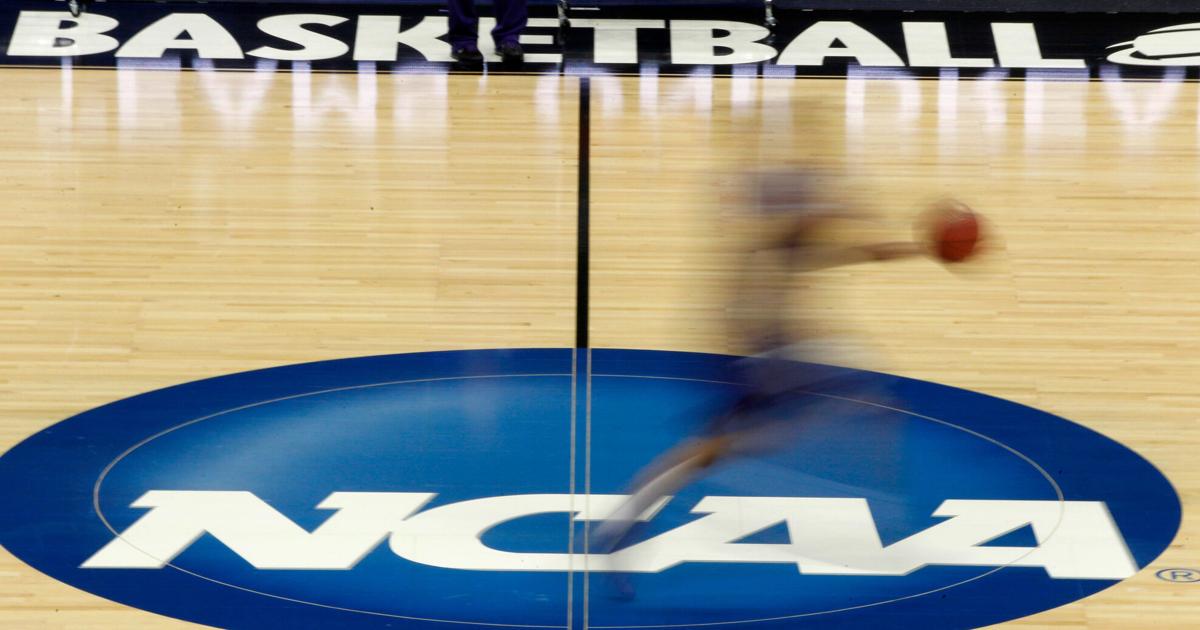
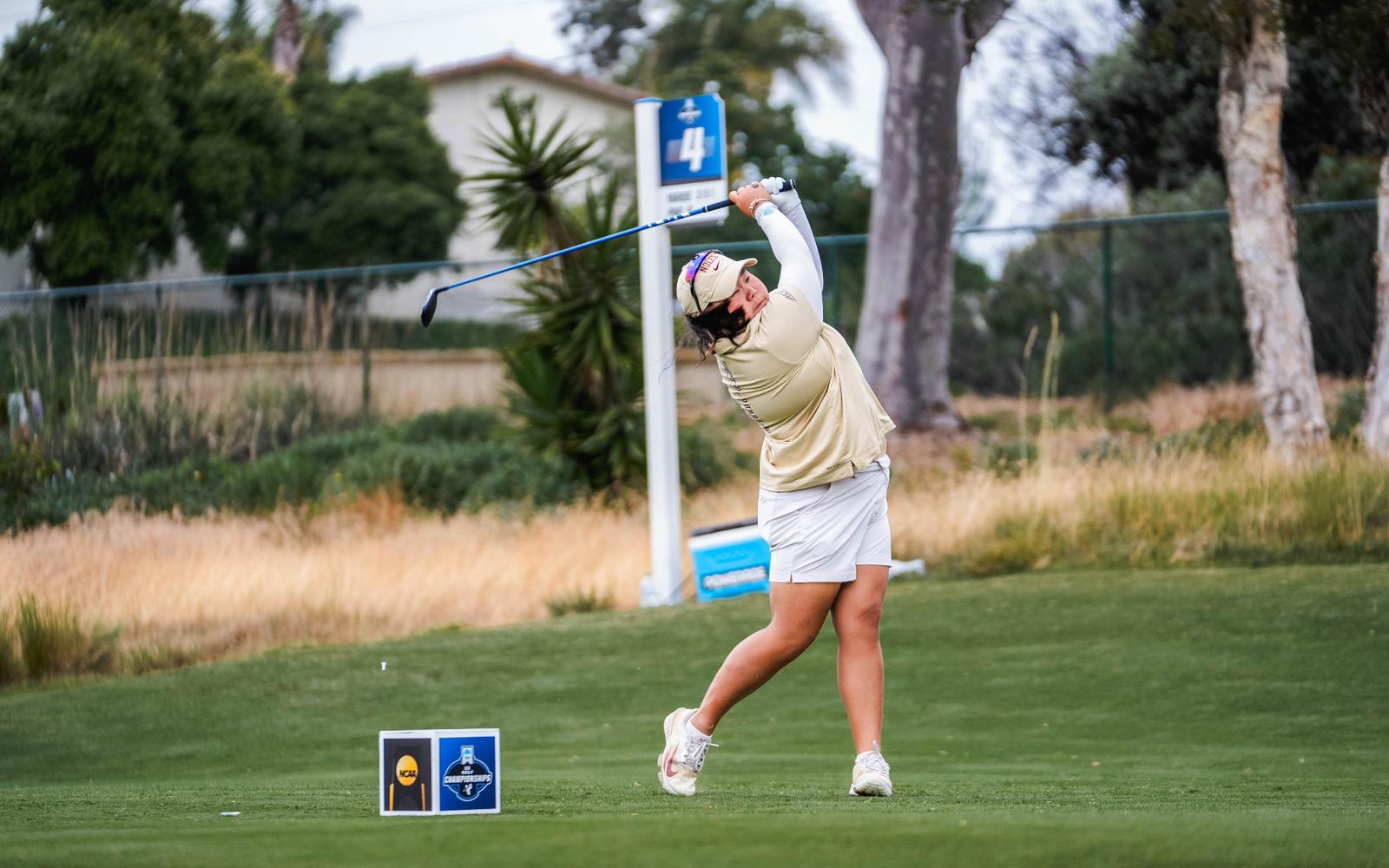
 Listen to this
Jonathan Sassi and Sage Morgan look at photos as they wait for the ceremonies to start. Fred […]
Listen to this
Jonathan Sassi and Sage Morgan look at photos as they wait for the ceremonies to start. Fred […]







